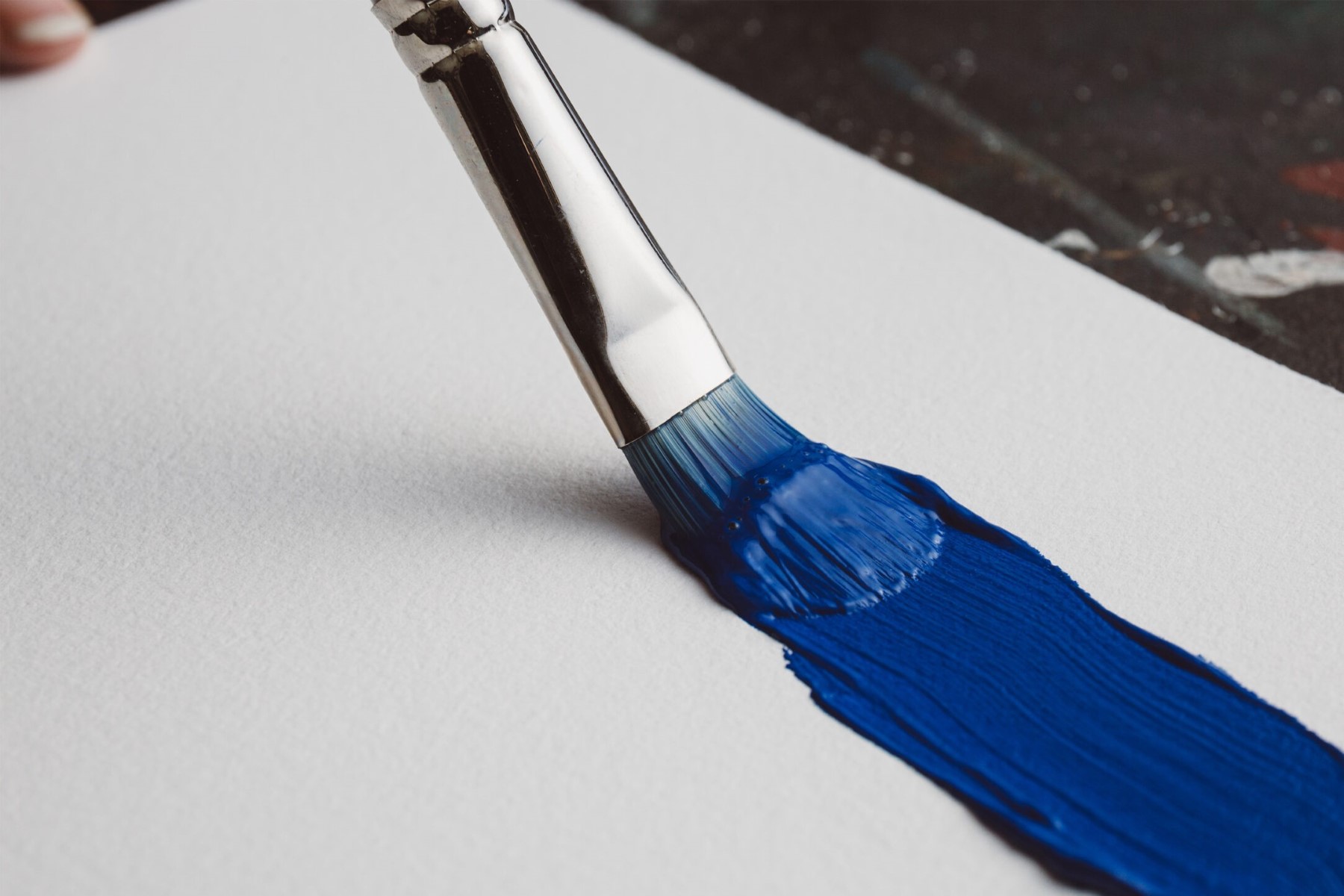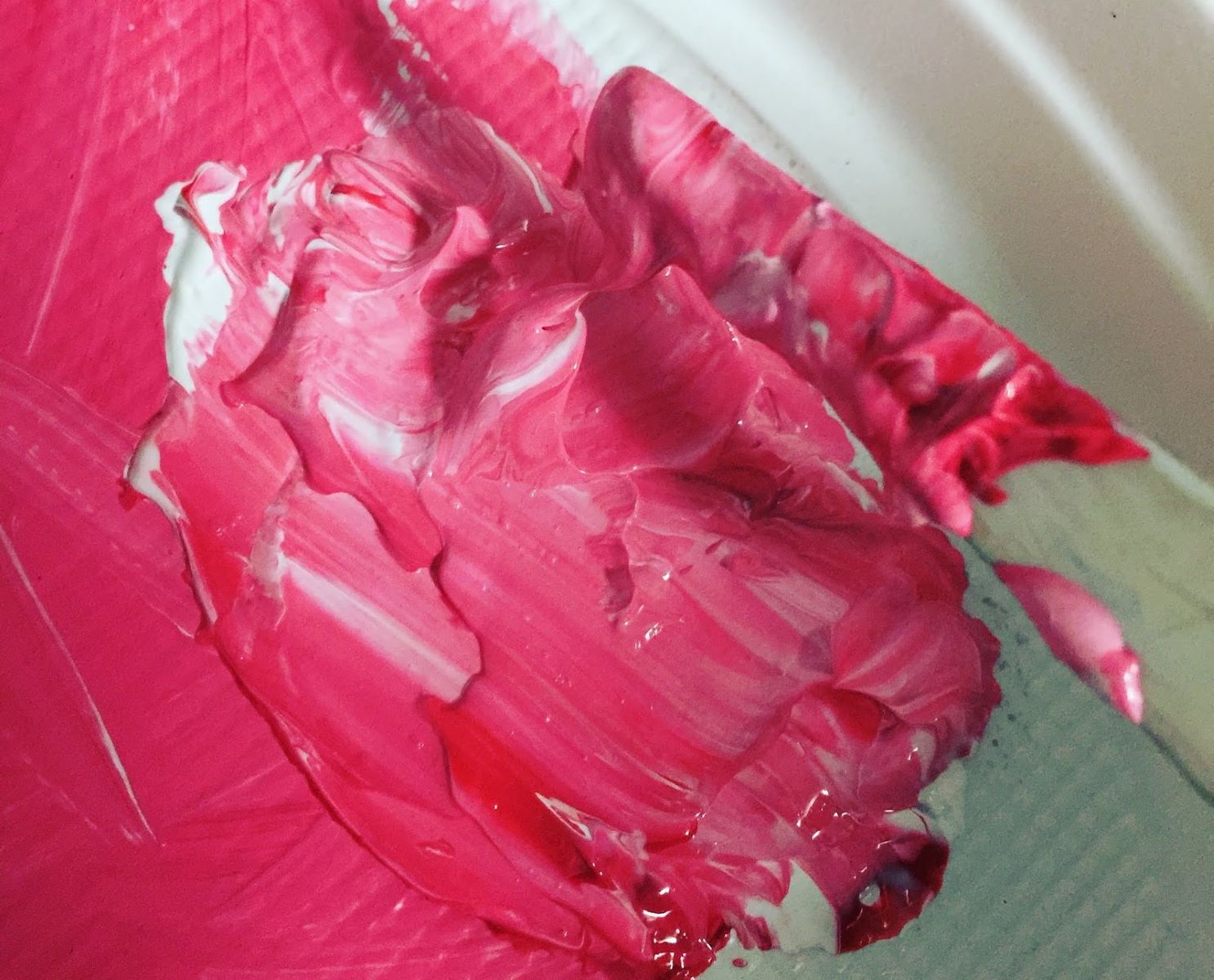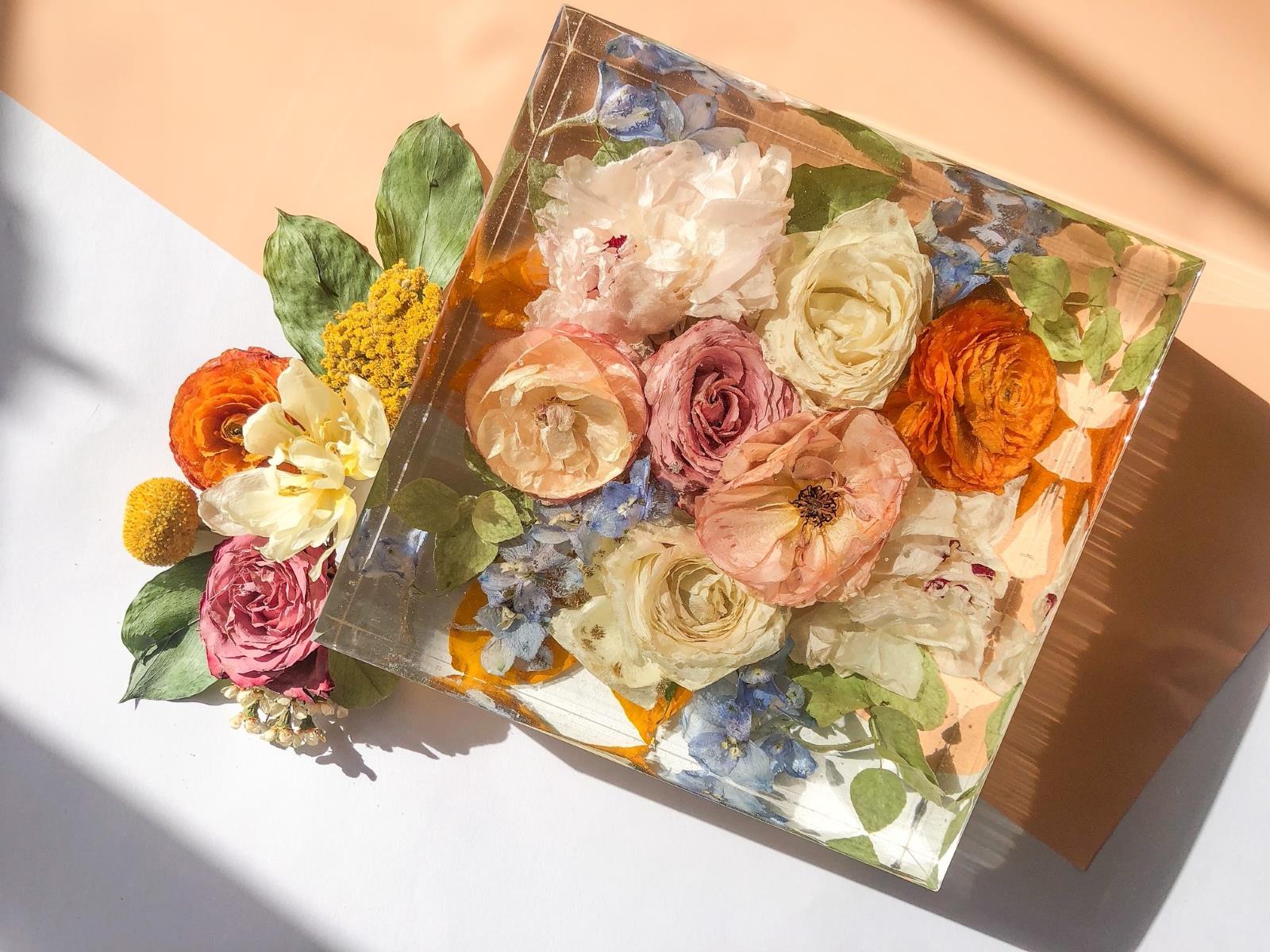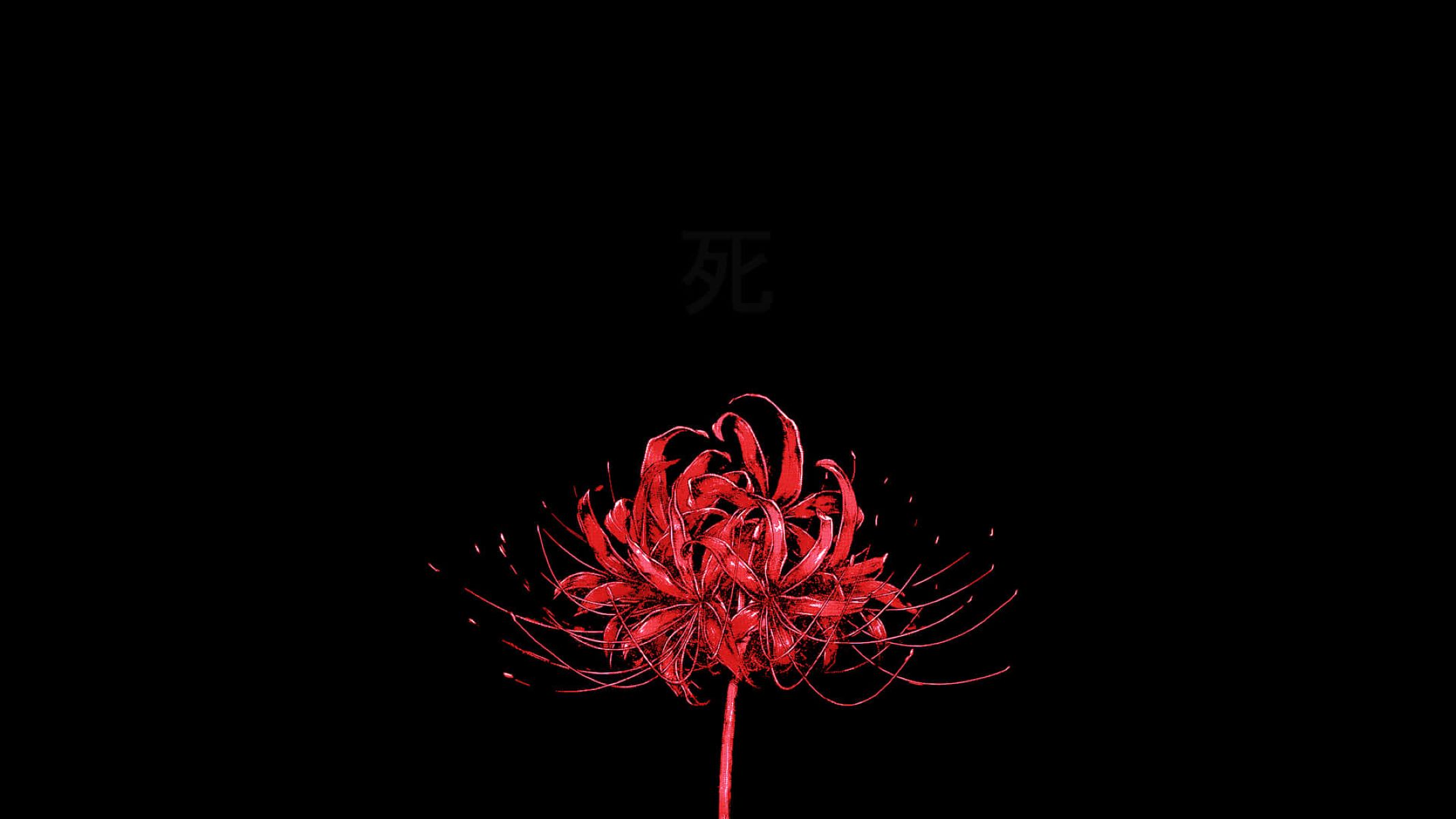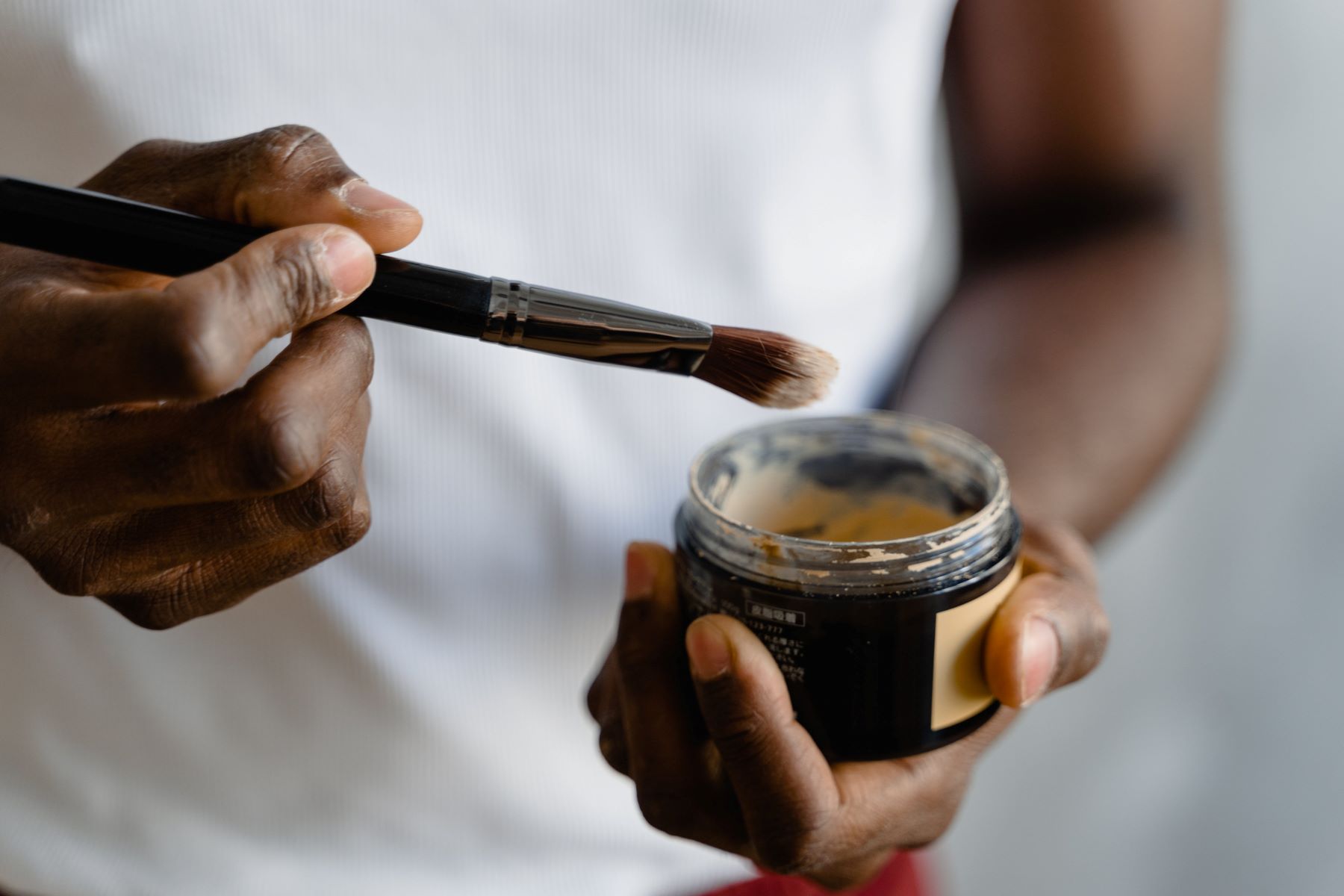Home>Arts and Culture>Painting Stunning Spring Flowers In Watercolor
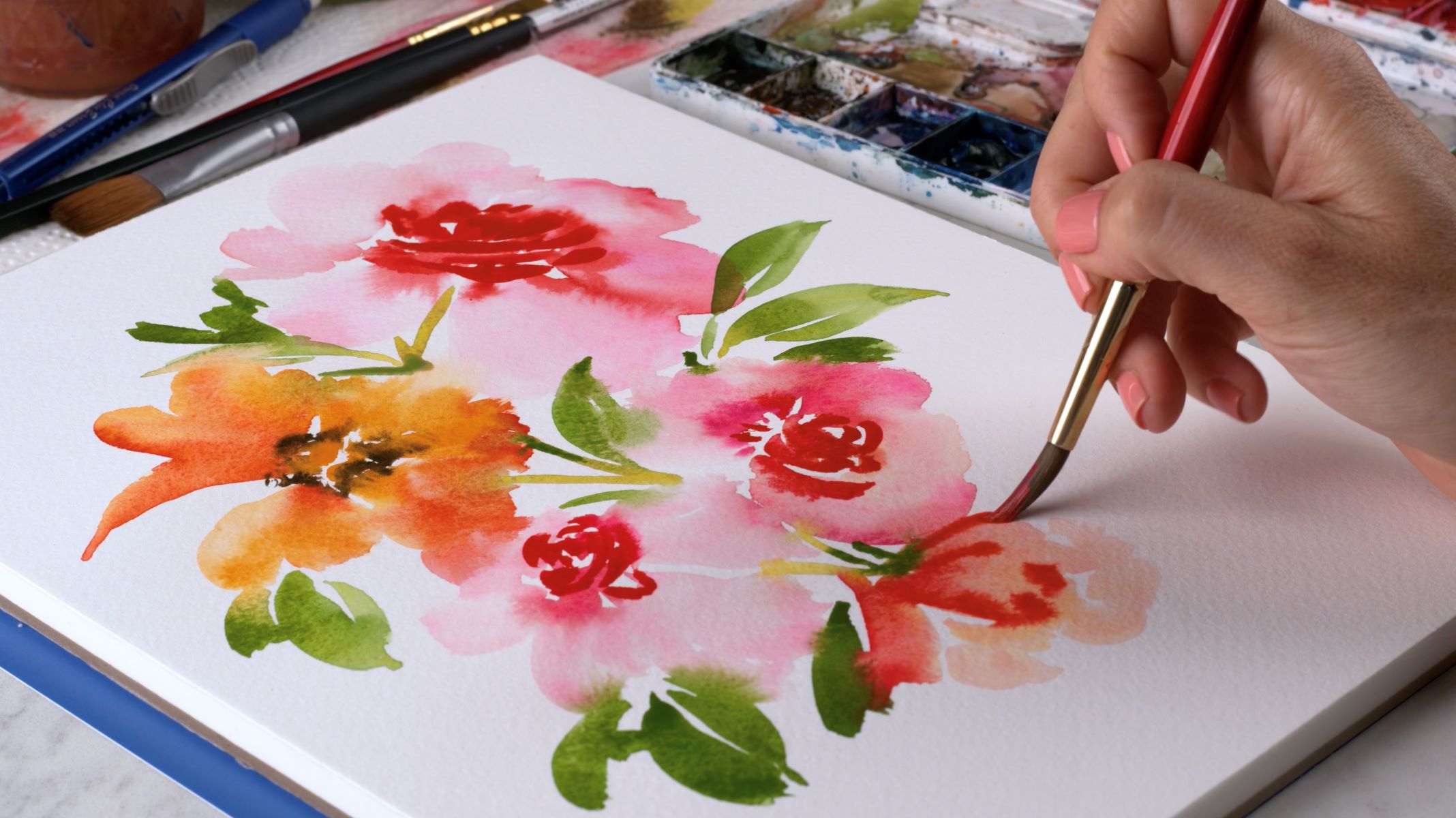

Arts and Culture
Painting Stunning Spring Flowers In Watercolor
Published: January 23, 2024
Learn to paint stunning spring flowers in watercolor with our arts and culture tutorial. Explore the beauty of nature through art!
(Many of the links in this article redirect to a specific reviewed product. Your purchase of these products through affiliate links helps to generate commission for Regretless.com, at no extra cost. Learn more)
Table of Contents
Introduction
Welcome to the enchanting world of watercolor painting, where the vibrant hues of spring flowers come to life on the canvas. In this guide, we'll embark on a creative journey, exploring the techniques and nuances of capturing the delicate beauty of spring blooms in watercolor.
As the air becomes infused with the sweet fragrance of blossoms and nature awakens from its wintry slumber, there's no better time to immerse yourself in the art of painting spring flowers. Whether you're a seasoned artist or a budding enthusiast, the allure of translating the ephemeral charm of flowers onto paper is a timeless pursuit.
Through the gentle strokes of a brush and the fluidity of watercolors, we have the opportunity to convey the essence of nature's fleeting treasures. Each petal, each stem, and each delicate curve becomes a testament to the delicate dance of light and shadow, inviting us to embrace the transient beauty of the natural world.
In the following sections, we will delve into the essential materials needed for this artistic endeavor, explore the art of selecting the perfect flowers to paint, and unravel the interplay of light and shadow in capturing their allure. We will then embark on a step-by-step exploration of watercolor techniques, guiding you through the process of bringing these springtime marvels to life on paper. Finally, we will add intricate details and finishing touches to elevate our floral masterpiece to new heights.
So, grab your watercolor palette, prepare your brushes, and let's embark on a captivating journey to paint stunning spring flowers in watercolor. With each brushstroke, let's celebrate the beauty of the season and the timeless art of watercolor painting.
Read more: How To Paint Flowers
Materials Needed
To embark on the enchanting endeavor of painting stunning spring flowers in watercolor, it is essential to gather the right materials that will bring your artistic vision to life. Here's a comprehensive list of the materials you'll need to embark on this creative journey:
-
Watercolor Paints: Choose a high-quality set of watercolor paints that offer a diverse range of colors. Look for paints with excellent lightfastness and pigment quality to ensure the longevity and vibrancy of your artwork.
-
Watercolor Paper: Opt for acid-free, heavyweight watercolor paper that can withstand the application of water and paint. The texture of the paper, whether rough, cold-pressed, or hot-pressed, can significantly impact the final appearance of your painting.
-
Paintbrushes: Invest in a variety of watercolor brushes, including round brushes for broad strokes and fine details, flat brushes for washes, and detail brushes for intricate work. Quality brushes with resilient bristles will enhance your painting experience.
-
Palette: A spacious, non-porous palette with wells for mixing colors is essential for creating custom shades and gradients. Consider a palette with a lid to keep your paints moist between painting sessions.
-
Water Containers: Have two water containers on hand—one for cleaning your brushes and another for fresh water. This will prevent color contamination and ensure that your paints retain their purity.
-
Masking Fluid: When preserving white areas or intricate details in your painting, masking fluid is indispensable. It forms a temporary barrier on the paper, allowing you to apply paint freely while protecting specific areas.
-
Pencil and Eraser: A soft graphite pencil and a gentle eraser are essential for sketching the initial outlines of your floral composition on the watercolor paper.
-
Palette Knife or Credit Card: These tools can be used for creating texture, lifting paint, or scraping fine lines into the painted surface.
-
Paper Towels or Cloth: Keep these handy for blotting excess water or paint, correcting mistakes, and creating texture in your watercolor painting.
-
Reference Material: Whether it's a bouquet of fresh flowers, photographs, or botanical illustrations, reference material will guide your understanding of the intricate details and color variations of spring blooms.
By equipping yourself with these essential materials, you'll be prepared to embark on a captivating artistic journey, capturing the ephemeral beauty of spring flowers in watercolor. Each brushstroke will be imbued with the essence of the season, inviting you to explore the delicate art of watercolor painting with a sense of wonder and creativity.
Choosing the Right Flowers to Paint
Selecting the right flowers to paint is a pivotal step in capturing the essence of springtime on paper. Each flower possesses its own unique characteristics, from the intricate folds of its petals to the vibrant hues that adorn its delicate form. When choosing flowers to paint, consider the following factors to ensure a captivating and harmonious composition:
-
Symbolism and Meaning: Delve into the symbolic significance of different flowers to infuse your painting with deeper layers of meaning. For instance, the graceful elegance of lilies symbolizes purity and renewal, while the radiant blooms of sunflowers evoke joy and vitality. Understanding the symbolism behind each flower will add depth and emotion to your artistic portrayal.
-
Form and Structure: Observe the distinct forms and structures of various flowers, from the gentle curves of rose petals to the exuberant clusters of hydrangea blooms. Consider how the unique shapes and arrangements of petals, stems, and leaves can contribute to the overall visual impact of your painting.
-
Color Palette: The diverse color palette of spring flowers offers a rich tapestry of hues to explore. From the soft pastels of cherry blossoms to the vivid spectrum of tulips, each flower presents an opportunity to experiment with color harmony and contrast. Pay attention to the subtle variations in hue, saturation, and value, allowing the natural beauty of the flowers to guide your color choices.
-
Texture and Detail: The intricate textures and delicate details found in flowers provide an enchanting challenge for watercolor artists. Consider the velvety softness of a pansy's petals, the translucent delicacy of a daisy's petals, or the velvety richness of a peony's blooms. Embrace the opportunity to convey these subtle nuances through the expressive medium of watercolor.
-
Personal Connection: Reflect on your personal connection to different flowers and the emotions they evoke. Whether it's the nostalgia of childhood memories spent among daffodil fields or the tranquility inspired by a field of lavender, infusing your painting with personal significance will imbue it with authenticity and resonance.
By carefully considering these aspects, you can select flowers that resonate with your artistic vision and emotional sensibilities. Whether you're drawn to the graceful elegance of orchids, the exuberant energy of daisies, or the timeless allure of roses, each flower holds the potential to inspire a captivating watercolor masterpiece that celebrates the ephemeral beauty of spring.
Understanding Light and Shadow
Understanding the interplay of light and shadow is essential for capturing the ethereal beauty of spring flowers in watercolor. Light is not merely a source of illumination; it shapes the form, color, and mood of the subject, while shadow adds depth and dimension to the composition. In the realm of watercolor painting, mastering the art of light and shadow elevates the visual impact of the artwork, infusing it with a sense of realism and dynamism.
When painting spring flowers, observe how light interacts with each petal, casting delicate shadows and illuminating subtle details. Consider the following aspects to deepen your understanding of light and shadow in the context of floral watercolor painting:
Direction of Light:
The direction from which light falls on the flowers influences the distribution of light and shadow. Whether the light filters through the petals, creating a luminous translucency, or casts defined shadows beneath the blooms, understanding the direction of light is crucial for capturing the three-dimensional quality of the flowers.
Contrast and Gradation:
Explore the contrast between light and shadow to create a compelling visual impact. Notice how the petals catch highlights and reflect light, while the recesses and crevices cast shadows. Embrace the subtle gradations of light and shadow, allowing them to merge seamlessly to convey the delicate curvature and texture of the flowers.
Color Temperature:
The interplay of light and shadow influences the perceived color temperature of the flowers. Warm sunlight infuses petals with radiant hues, while cool shadows create depth and contrast. By harmonizing warm and cool tones within the interplay of light and shadow, you can evoke a sense of vibrancy and depth in your watercolor floral composition.
Embracing Negative Space:
The absence of light, known as negative space, is as vital as the presence of light. Embrace the interplay of negative space and light to define the contours of the flowers, allowing the unpainted paper to interact with the painted areas and contribute to the overall visual balance and harmony of the composition.
By immersing yourself in the nuances of light and shadow, you can breathe life into your watercolor paintings, infusing them with a captivating sense of depth, luminosity, and emotional resonance. Through keen observation and thoughtful application, you can harness the transformative power of light and shadow to convey the ephemeral allure of spring flowers with breathtaking realism and artistic finesse.
Step-by-Step Watercolor Techniques
Embarking on the journey of painting spring flowers in watercolor requires a nuanced understanding of fundamental techniques and a willingness to embrace the fluid nature of the medium. As we delve into the step-by-step watercolor techniques, we will unravel the artistry of capturing the delicate beauty of spring blooms on paper.
1. Preliminary Sketch:
Begin by lightly sketching the basic outlines and shapes of the flowers using a graphite pencil. Keep the lines gentle and fluid, capturing the essence of the floral composition without excessive detail. This initial sketch serves as a roadmap for the subsequent layers of watercolor.
2. Wet-on-Wet Wash:
Prepare a light wash of watercolor and apply it to the entire surface of the flower petals using broad, sweeping brushstrokes. While the paint is still wet, introduce subtle hints of color variation and delicate transitions, allowing the pigments to mingle and create soft, ethereal gradients.
3. Layering and Depth:
Build layers of translucent color to infuse the petals with depth and vibrancy. Work from light to dark, gradually defining the contours and folds of the petals. Embrace the fluidity of watercolor, allowing the colors to blend organically and the petals to come to life with a sense of luminosity.
4. Controlled Bleeding:
Utilize the inherent fluidity of watercolor to create organic, flowing transitions between hues. Introduce a slightly darker color at the base of the petals and allow it to bleed gently into the lighter areas, capturing the natural variation and softness of the flower petals.
5. Textural Details:
With a fine brush, delicately accentuate the intricate details of the flower, such as the veining of petals or the delicate stamens at the center. Employ controlled brushstrokes to convey the tactile textures of the blooms, infusing them with a sense of realism and botanical allure.
6. Negative Painting:
Leverage the technique of negative painting to define the spaces between petals and create subtle contrasts. By painting around the lighter areas, the darker background colors seamlessly shape the form of the flowers, enhancing their visual impact and creating a sense of depth.
7. Splatter and Splashes:
For a touch of spontaneity and visual interest, experiment with splattering and splashing diluted watercolor onto the paper. This technique can emulate the delicate speckles of pollen or the gentle impression of falling petals, adding a whimsical and dynamic element to the floral composition.
By embracing these step-by-step watercolor techniques, you can breathe life into your floral masterpiece, capturing the ephemeral beauty of spring flowers with finesse and creativity. Through patience, observation, and a willingness to explore the expressive potential of watercolor, each brushstroke becomes a testament to the timeless allure of nature's botanical treasures.
Adding Details and Final Touches
As we approach the culmination of our watercolor journey, the stage is set to infuse our floral masterpiece with intricate details and final touches that elevate its allure to new heights. This phase is where the magic of watercolor truly unfolds, as we delicately weave nuanced details and subtle nuances into the composition, breathing life and vibrancy into the spring blooms.
-
Fine Detailing: With a steady hand and a fine-tipped brush, delicately accentuate the intricate features of the flowers. Capture the delicate veins of petals, the subtle gradients of color, and the ethereal translucency that defines the allure of spring blossoms. Each minute brushstroke adds depth and realism to the floral portrayal, inviting the viewer to immerse themselves in the captivating intricacies of nature's design.
-
Embracing Contrast: Heighten the visual impact of the composition by amplifying the contrasts between light and shadow. Refine the interplay of highlights and shadows, allowing them to dance across the petals and infuse the blooms with a sense of luminosity and depth. Embrace the captivating drama that emerges from the juxtaposition of light and shadow, breathing vitality into the floral tapestry.
-
Subtle Accents: Introduce subtle accents of color and texture to infuse the painting with a sense of dynamism and vitality. Consider adding delicate specks of pollen, dew-kissed droplets, or the gentle impression of delicate petal edges. These nuanced accents add a touch of whimsy and realism, inviting the viewer to engage with the painting on a sensory level.
-
Final Flourishes: As the floral composition nears completion, consider adding final flourishes that enhance the overall visual impact. Whether it's a splash of vibrant color to enliven the background, a delicate spray of mist to evoke a sense of atmosphere, or a subtle glint of sunlight to infuse the blooms with radiance, these final touches imbue the painting with a captivating sense of narrative and emotion.
-
Reflective Evaluation: Take a step back and evaluate the painting with a discerning eye. Consider the overall balance, harmony, and visual flow of the composition. Embrace the opportunity to make any final adjustments or refinements, ensuring that every element coalesces into a cohesive and enchanting portrayal of spring's ephemeral beauty.
As we delicately weave these final details and touches into our watercolor masterpiece, we honor the transient grace of spring flowers, capturing their timeless allure with finesse and creativity. Each brushstroke becomes a testament to the delicate dance of light and shadow, the vibrant hues of nature, and the enduring artistry of watercolor painting.
Read more: How To Paint Clouds
Conclusion
As we conclude our artistic odyssey of painting stunning spring flowers in watercolor, we find ourselves immersed in the timeless allure of nature's botanical treasures. Through the delicate interplay of watercolor pigments, the fluidity of brushstrokes, and the keen observation of light and shadow, we have embarked on a journey that celebrates the ephemeral beauty of spring blooms.
In the realm of watercolor painting, each brushstroke becomes a testament to the delicate dance of creativity and nature's design. As we delicately captured the essence of lilies, tulips, daisies, and myriad other spring blossoms, we embraced the transient grace of these floral marvels, infusing our compositions with a sense of wonder and reverence.
Our exploration of watercolor techniques, from wet-on-wet washes to controlled bleeding and negative painting, allowed us to breathe life into our floral portrayals, capturing the delicate textures, vibrant hues, and ethereal translucency that define the allure of spring flowers. Each step of the process became an opportunity to embrace the fluid nature of watercolor, allowing the pigments to mingle and dance across the paper, mirroring the organic beauty of the natural world.
As we added intricate details and final touches to our floral masterpieces, we elevated our compositions to new heights, infusing them with a sense of vitality, dynamism, and emotional resonance. The delicate veins of petals, the subtle gradients of color, and the nuanced accents of pollen and dew-kissed droplets invited the viewer to engage with the paintings on a sensory level, evoking the sights and scents of a blooming spring garden.
Through the transformative power of watercolor, we captured the essence of spring, immortalizing the transient beauty of flowers on paper. Each brushstroke became a celebration of the season's renewal, inviting us to embrace the fleeting moments of natural splendor and translate them into timeless works of art.
As we bid farewell to this artistic exploration, let us carry the spirit of spring flowers within our hearts, allowing their ephemeral beauty to inspire us in our creative endeavors. Whether we find ourselves amidst a field of wildflowers, a blossoming garden, or a quiet studio, may the allure of spring blooms continue to kindle our artistic passion, inviting us to immerse ourselves in the captivating art of watercolor painting.


